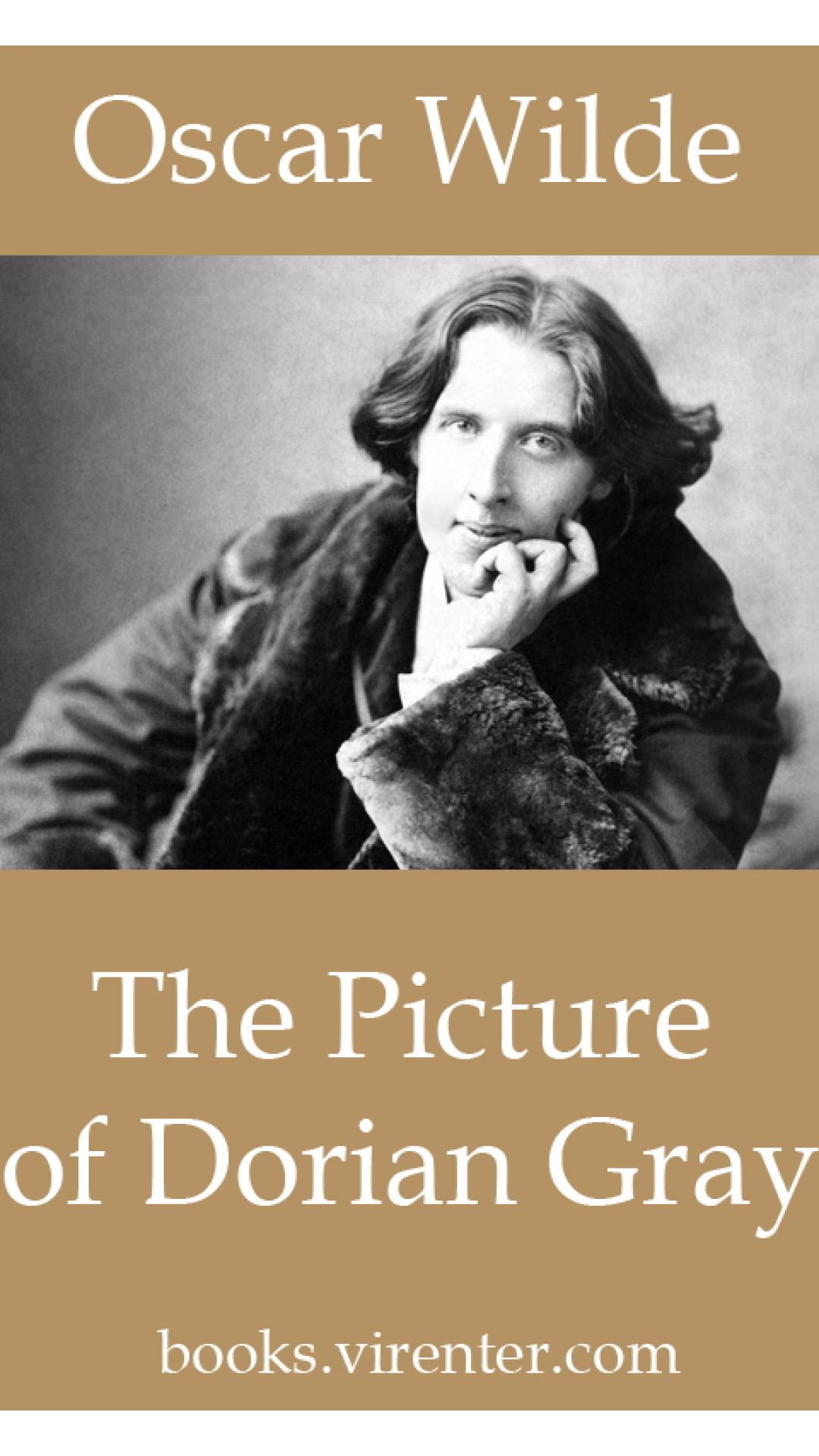Download free book'The Picture of Dorian Gray'
Oscar Wilde
The Picture of Dorian Gray
The novel tells of a young man named Dorian Gray, the subject of a painting by artist Basil Hallward. Dorian is selected for his remarkable physical beauty, and Basil becomes strongly infatuated with Dorian, believing that his beauty is responsible for a new mode of art. Talking in Basil's garden, Dorian meets Lord Henry Wotton, a friend of Basil's, and becomes enthralled by Lord Henry's world view. Espousing a new kind of hedonism, Lord Henry suggests that the only thing worth pursuing in life is beauty, and the fulfillment of the senses. Realising that one day his beauty will fade, Dorian cries out, wishing that the portrait Basil has painted of him would age rather than himself. Dorian's wish is fulfilled, subsequently plunging him into a sequence of debauched acts. The portrait serves as a reminder of the effect each act has upon his soul, each sin being displayed as a new sign of aging on the portrait.
This thought-provoking and darkly enchanting tale remains a literary classic that continues to captivate readers worldwide.

Oscar Wilde’s The Picture of Dorian Gray is one of the most celebrated and controversial novels of the 19th century. First published in 1890, the novel delves into themes of vanity, moral corruption, and the pursuit of pleasure. A defining work of Gothic literature, this novel remains a compelling read for those interested in philosophy, art, and the dark side of human nature. The story follows Dorian Gray, a young and extraordinarily handsome man who becomes the muse of the artist Basil Hallward. Basil paints a stunning portrait of Dorian, capturing his beauty. However, after being influenced by the hedonistic Lord Henry Wotton, Dorian wishes that he could remain forever youthful while the portrait ages in his place. His wish is granted, but as he indulges in a life of excess and immorality, the portrait begins to reveal the corruption of his soul, growing more grotesque with each sin he commits. The novel critiques the aesthetic movement, which emphasized beauty above morality. Dorian’s obsession with his own appearance leads him down a dark path, demonstrating the dangers of living solely for pleasure. Lord Henry’s cynical and manipulative ideas about life shape Dorian’s worldview, showing how easily a person can be led astray by persuasive rhetoric. Dorian presents a facade of innocence and beauty while hiding a corrupt and monstrous soul, symbolized by his decaying portrait. Wilde explores the human desire for eternal youth and beauty, exposing the moral and psychological consequences of resisting natural aging and accountability. Despite being over a century old, this novel remains incredibly relevant. In a world obsessed with youth, social media perfection, and aesthetic appeal, Wilde’s warning about vanity and self-indulgence feels more pressing than ever. The novel’s philosophical questions about morality and self-destruction continue to resonate with modern audiences. The Picture of Dorian Gray is more than just a Gothic novel—it’s a profound exploration of human nature, vanity, and morality. Wilde’s poetic prose and biting wit make this a must-read for lovers of classic literature. Whether you are drawn to its dark themes or its philosophical undertones, this novel remains a timeless masterpiece that still holds a mirror to society today.The Picture of Dorian Gray by Oscar Wilde: A Masterpiece of Gothic Fiction
Introduction
Summary of The Picture of Dorian Gray
Themes in The Picture of Dorian Gray
Aestheticism and Moral Consequences
The Nature of Influence
The Duality of Human Nature
The Cost of Eternal Youth
Why The Picture of Dorian Gray Remains Relevant
Conclusion